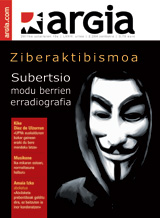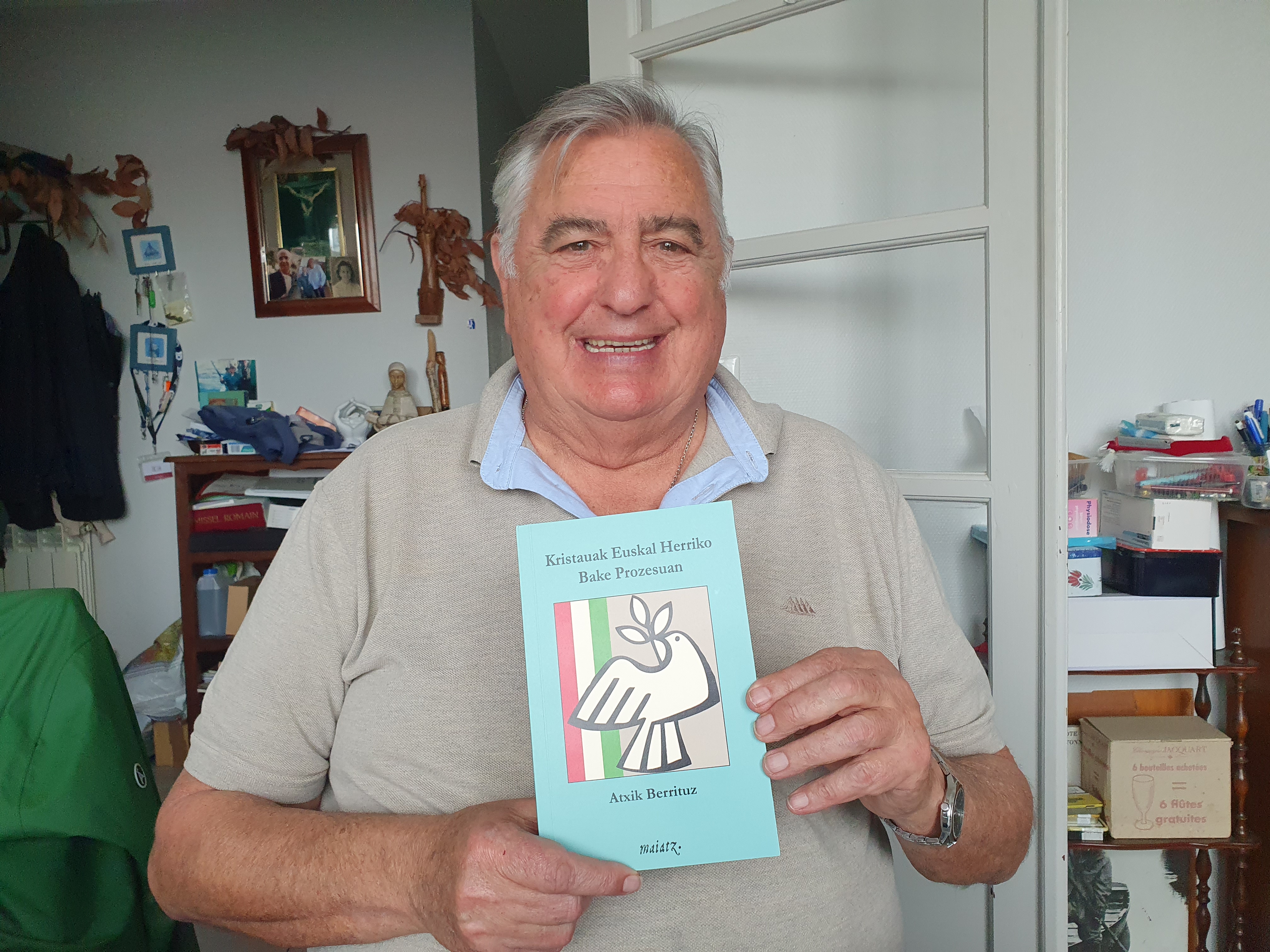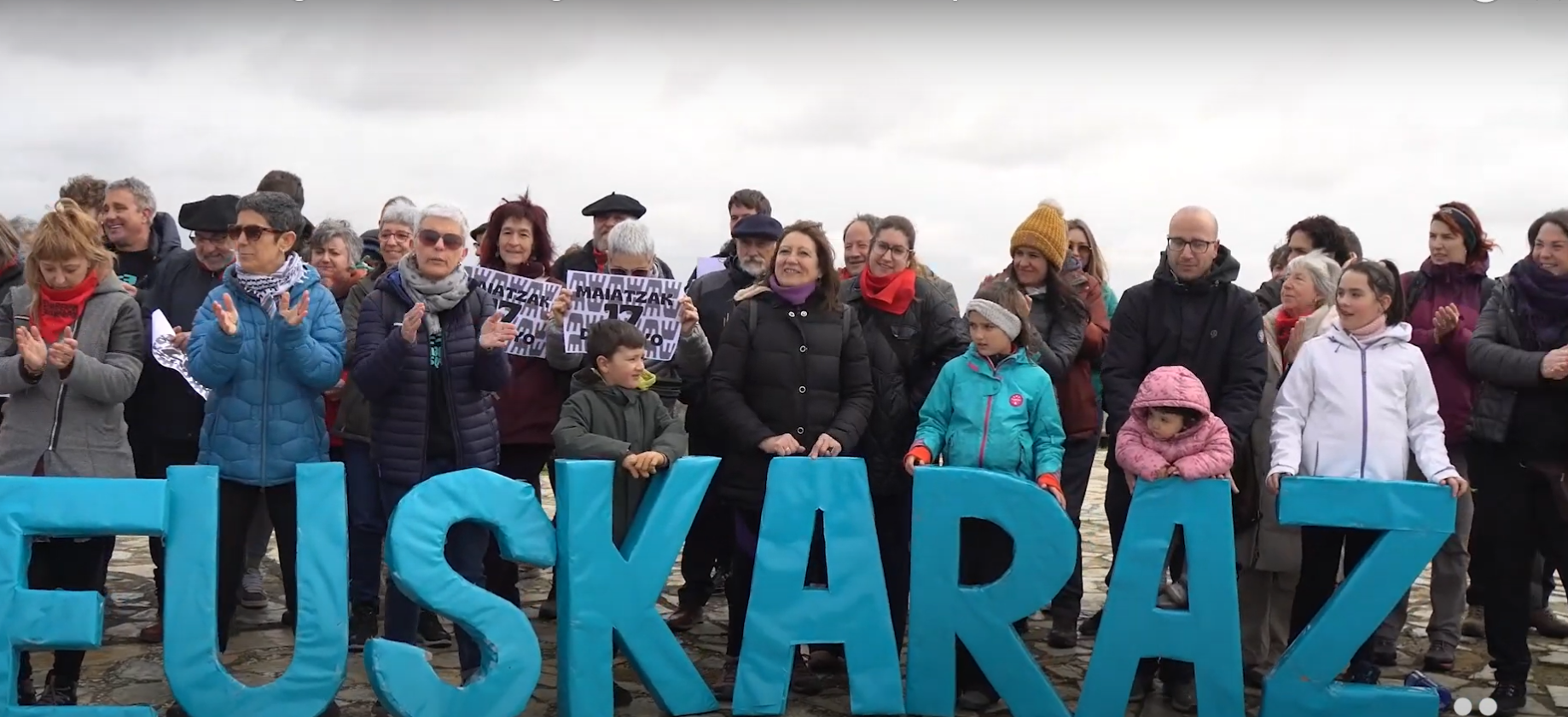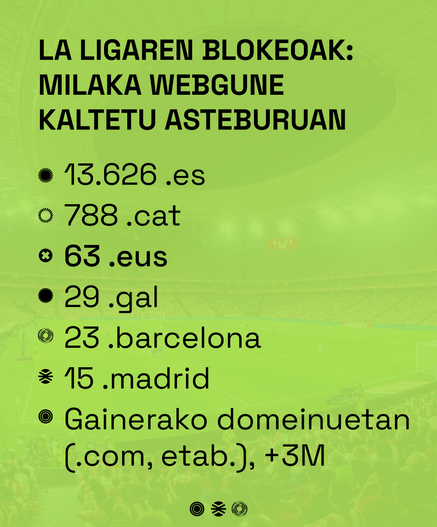200,000 people coming to meet the needs of society
- In the Basque Country, immigration figures can continue to increase in the coming years and even double, especially in Bizkaia and Gipuzkoa, while in the other territories growth will be more difficult, according to the 2010 report of the Basque Socio-Economic Observatory Gaindegia.
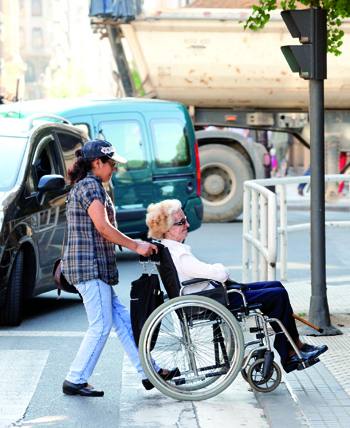
In Euskal Herria, as in other places, it seemed that immigration could be stopped because of the crisis, and it is possible that something like this has happened in recent months. However, the forecasts are in the opposite direction. This is at least the thesis of the Basque sociologist and professor of the UPV/EHU Xabier Aierdi, who has carried out a comprehensive analysis of immigration throughout the Basque Country. This work has been published in the Gaindegia Report 2010 that the Basque Socio-economic Observatory has launched in recent weeks.
Thus, immigration will continue in Euskal Herria, although with figures lower than in recent years; however, immigration will increase in the coming years. It is estimated that the figures could be doubled in Bizkaia and Gipuzkoa. It will be more difficult for the same to happen in the other territories. To support this thesis, Aierdi has taken into account both the “needs of the strong Basque industrial park” and the “needs that we will have in society: aging of society, management of dependency, review of the traditional role of women, phenomenon of individualism, etc.”. To complete his vision of the future, he points out that nationalities of origin tend to be equalized in such a way that one part will come from other communities of the State and another from abroad.
According to official data from Hegoalde 2009 and Iparralde 2007, a total of 215,686 people resided in the Basque Country. The inhabitants of the area, at that time, were 2,939,702 people. As a result, the total population was 3,159,388 people. Thus, in our country, the immigration rate at that time stood at 6.8%, with unequal percentages per territory.
The highest rate of foreigners in Navarre
The Basque Country currently has a population of 3,100,000 inhabitants, with data from 2010 for the South and 2008 for the North. By region, nine out of ten live in the South (2,814,099) and one in the North (293,822). The territorial distribution is as follows: 37.1% of the total population lives in Bizkaia, 22.7% in Gipuzkoa, 20.5% in Navarra and about 10% in Álava and the three territories of the Northern Basque Country.
The highest rate of foreign people occurs in Navarre Alta (11.2%) and the lowest in Iparralde (4.3%). The average for the whole of Euskal Herria is 7.2%. By region, in terms of the percentages of indigenous, foreign and population as a whole, Álava and, to a lesser extent, Gipuzkoa are the ones with a more balanced composition. In Bizkaia, 37.9 per cent of the total population of the Basque Country live, but also 31 per cent of the foreign population. The situation is different in the Foral Community of Navarra, where 20% of the population lives, but also almost 32% of the foreign population. Iparralde live 9.4% and 5.5%, respectively.
According to this study, the most significant figures and percentages of foreign population in the Basque Country are found in three regions of the Upper Navarre (Tudela, 13.6%; Ribera Alta, 12.1%; and Comarca de Pamplona, 10.1%) and in the Llanada Alavesa (9%). The highest percentage, however, corresponds to the canton of Hendaia, with 17.5%, but there is a real story problem there, as there are many people from Hegoalde who live there.
Almost half of America
In the South, 31.6 per cent of foreigners come from Europe, 21.8 per cent from Africa, 42.1 per cent from America and 4.4 per cent from Asia. In Bizkaia, the presence of Latin American immigrants is clearly higher than the rest; in Gipuzkoa, Europeans predominate and the number of Africans is lower; in Álava, more Africans come from the Maghreb; and in Navarre, the European presence is higher and there are fewer Latin Americans.
Unfortunately, the survey was not able to clarify the situation of Lapurdi, Baja Navarra and Zuberoa, in the absence of statistical data. However, a global distribution data report from Aquitaine, including Iparralde, points out that 60% of foreigners are European, most of them from the EU-15, 30% come from Africa and 7% from Asia.
Geography of Euskera and immigration
The work of Xabier Aierdi analyzes the problems of the cultural and political integration of immigrants. In this sense, it suggests the existence of a critical problem of cultural integration. Thus, the geography of Euskera and Basque culture and immigration are parallel. It says that in certain areas of work – care and services – the presence of Latin American immigrants is detrimental to the Basque country. He adds that here, however, there is an inevitable problem, as it is the people of this origin who best adapt to the care demands of our society, as they dominate one of the two languages spoken in the territory. It also concludes that there are no nationalities that we can prioritize in relation to our cultural needs. As for political integration, Aierdi says that it is not a problem for immigrants, but for the whole of society.
Bere jatorri eta helburuei jarraiki, Gaindegia Euskal Behatoki Sozioekonomikoak urteko analisia plazaratu du, kasu honetan Gaindegia Txostena 2010. Sortu zenetik laugarrena da. Lehenak bezalaxe, Euskal Herri osoko errealitate sozioekonomikora hurbildu nahi du. “Konfiantza-kontua... ala mesfidantza-kontua agian” Juan Jose Ibarretxe lehendakari ohiaren hitzaurrearekin, 2010eko Txostenak baditu berrikuntza batzuk: adierazle sorta zabala eta atal monografikoa; halaber, Eztabaida Foroa izeneko atal berria.
Txosteneko sinatzaileek zehaztasun eta aniztasun ideologikoa bermatzen dute: Marta Luxan-Unai Martin, Joseba Barandiaran, Nekane Altzelai, Nekane Jurado, Estitxu Elduayen, Catalina Chamorro, Peio Olhagaray, Sagrario Zabaleta, Xabier Aierdi, Mikel de La Fuente, Asier Minando eta Itziar Navarro, Mertxe Larrañaga, Mikel Zurbano...
Adierazle Sorta kapituluan, populazio eta lurraldeari, eta ekonomia eta gizarteari buruzko azterlanak eskaintzen dira, Euskal Herriko zahartzaroaren erretratuaren ekarpen interesgarri batekin. Monografikoen kapituluan hainbat analisi datoz, gai hauei buruz: lan-merkatua, egoeraren araberako adierazleak, I+G, enpresa-demografia, Iparraldearen erretratua, Europar Batasuneko eskualde-adierazleak, immigrazio eta prestakuntza. Aipagarria da Euskal Herriko eta Finlandiako datuen arteko alderaketa, eta baita gure enpresen nazioartekotze-prozesua ere.
You may not know who Donald Berwick is, or why I mention him in the title of the article. The same is true, it is evident, for most of those who are participating in the current Health Pact. They don’t know what Berwick’s Triple Objective is, much less the Quadruple... [+]
The article La motosierra puede ser tentadora, written in recent days by the lawyer Larraitz Ugarte, has played an important role in a wide sector. It puts on the table some common situations within the public administration, including inefficiency, lack of responsibility and... [+]
Is it important to use a language correctly? To what extent is it so necessary to master grammar or to have a broad vocabulary? I’ve always heard the importance of language, but after thinking about it, I came to a conclusion. Thinking often involves this; reaching some... [+]
The other day I went to a place I hadn’t visited in a long time and I liked it so much. While I was there, I felt at ease and thought: this is my favorite place. Amulet, amulet, amulet; the word turns and turns on the way home. Curiosity led me to look for it in Elhuyar and it... [+]
Adolescents and young people, throughout their academic career, will receive guidance on everything and the profession for studies that will help them more than once. They should be offered guidance, as they are often full of doubts whenever they need to make important... [+]
Atxik Berrituz giristino taldeak Kristauak Euskal Herriko bake prozesuan liburua argitaratu du Maiatz argitaletxearekin. Giristinoek euskal bake prozesuan zer nolako engaiamendua ukan duten irakur daiteke, lekukotasunen bidez.
Maiatzaren 17an Erriberako lehenengo Euskararen Eguna eginen da Arguedasen, sortu berri den eta eskualdeko hamaika elkarte eta eragile biltzen dituen Erriberan Euskaraz sareak antolatuta









